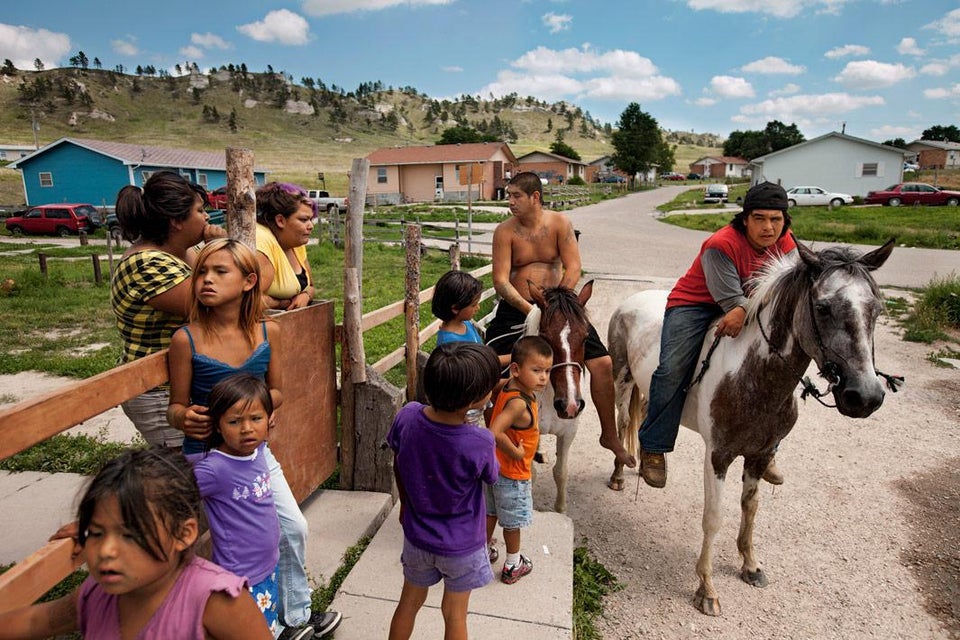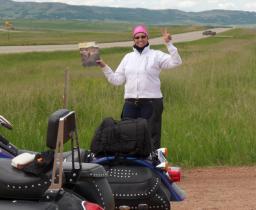Beyond the Bison: Uncovering the Hidden Gems of South Dakota’s Reservations
Beyond the Bison: Uncovering the Hidden Gems of South Dakota’s Reservations

South Dakota, the land of rolling prairies, rugged mountains, and the iconic Mount Rushmore, is a state that draws visitors from all corners of the globe. But did you know that nestled within its vast landscape lie vibrant communities brimming with rich history, culture, and captivating experiences? These are the Indian reservations of South Dakota, often overlooked but brimming with treasures waiting to be discovered.
Forget the stereotypical image of dusty reservations. These communities are alive with energy, bursting with artistic expression, and steeped in traditions that have been passed down through generations. They offer a unique perspective on the history of the state, showcasing the resilience and spirit of the Lakota, Dakota, and Cheyenne people who have called this land home for centuries.
Related Articles: Beyond the Bison: Uncovering the Hidden Gems of South Dakota’s Reservations
- Explore Arizona's Tribal Tapestry: Uncovering the Rich Culture of Indian Reservations
- Unveiling the Biggest Indian Tribes in America: Discoveries and Insights
- Uncover the Enchanting World of Montana's Indian Reservations
- Unveiling the Names of Indian Tribes: Unveiling a Tapestry of Cultures
- Unveiling California's Native American Heritage: Discover the Rich Tapestry of Tribes
The Cheyenne River Sioux Tribe: Where History Meets Hospitality
The Cheyenne River Sioux Tribe, whose reservation sprawls across the northwestern part of the state, is a place where history whispers in the wind. It’s home to the iconic Wounded Knee Massacre site, a poignant reminder of the tribe’s resilience and their enduring fight for justice. But the Cheyenne River reservation is so much more than a historical landmark.
It’s a place where you can connect with the Lakota culture through art, dance, and storytelling. You can witness the breathtaking beauty of the Badlands, a geological wonder that seems to rise straight out of a dream. And you can experience the warmth of the Lakota people, who welcome visitors with open arms and a genuine desire to share their heritage.
The Standing Rock Sioux Tribe: A Spiritual Oasis in the Heartland
Nestled on the Missouri River, the Standing Rock Sioux Tribe’s reservation is a place of profound spiritual significance. It’s home to the sacred site of the Cannonball River, where the Lakota people have gathered for centuries to pray and celebrate.
The reservation is also a hub for art and culture. The Standing Rock Cultural Center, a vibrant testament to the tribe’s heritage, showcases traditional crafts, beadwork, and stunning artwork. And if you’re looking for an authentic cultural experience, you can attend the annual powwow, a dazzling spectacle of dance, music, and storytelling.
The Oglala Lakota Nation: Where Tradition Meets Innovation
The Oglala Lakota Nation, the largest reservation in South Dakota, is a place where the past and present intertwine. It’s home to the iconic Crazy Horse Memorial, a monumental tribute to the legendary Lakota warrior, and the Pine Ridge Indian Reservation, where the spirit of the Lakota people continues to thrive.

Beyond the grand monuments, you can discover the hidden gems of the Oglala Lakota Nation. Visit the Red Cloud Indian School, a historic institution that has played a vital role in Lakota education, or explore the vibrant art scene in the reservation’s bustling towns.
The Rosebud Sioux Tribe: A Tapestry of Culture and Beauty
The Rosebud Sioux Tribe’s reservation, located in the heart of South Dakota, is a place where nature’s beauty meets cultural richness. It’s home to the stunning Badlands National Park, a landscape sculpted by wind and water, and the Rosebud Sioux Tribal Museum, a treasure trove of Lakota history and art.
The Rosebud Sioux Tribe is known for its strong cultural traditions, including the art of beadwork, quillwork, and pottery. You can witness these traditions come alive at the annual Rosebud Sioux Powwow, a celebration of Lakota culture and heritage.
The Sisseton Wahpeton Oyate: A Legacy of Resilience and Pride

Located in the northeastern corner of South Dakota, the Sisseton Wahpeton Oyate reservation is a testament to the strength and resilience of the Dakota people. It’s home to the Sisseton Wahpeton Oyate Museum, which chronicles the tribe’s history and culture, and the Lake Traverse Reservation, a beautiful landscape dotted with lakes and prairies.
The Sisseton Wahpeton Oyate is known for its vibrant arts and crafts scene, particularly its exquisite beadwork and traditional clothing. You can also experience the tribe’s rich cultural heritage at the annual Sisseton Wahpeton Powwow, a celebration of Dakota music, dance, and storytelling.
Beyond the Reservations: Exploring South Dakota’s Native American Heritage
While the reservations offer a unique glimpse into the lives of the Lakota, Dakota, and Cheyenne people, South Dakota’s Native American heritage extends far beyond their borders. You can discover this rich history at museums like the Akta Lakota Museum & Cultural Center in Chamberlain, the Sioux Indian Museum in Rapid City, and the Journey Museum & Learning Center in Rapid City.
Beyond the Tourist Trail: A Deeper Understanding

Visiting South Dakota’s reservations isn’t just about ticking off tourist destinations. It’s about engaging with a culture that is both ancient and vibrant, about understanding the history of the Lakota, Dakota, and Cheyenne people, and about appreciating their resilience and spirit. It’s about stepping off the beaten path and discovering the hidden gems that lie beyond the tourist trail.
A Word of Respect
When visiting any of South Dakota’s reservations, it’s essential to approach the experience with respect and sensitivity. Remember that you are entering a community with its own unique customs and traditions. Be mindful of your language, dress appropriately, and always ask for permission before taking photographs.
FAQ About Visiting South Dakota’s Reservations
Q: What are the best times to visit South Dakota’s reservations?
A: The best time to visit depends on your interests. For powwows and cultural events, summer is the most vibrant time. For quieter experiences, spring and fall offer beautiful scenery and milder weather.
Q: Are there any specific things I should bring when visiting a reservation?
A: It’s always a good idea to bring a small gift, like a book or a craft item, to show your appreciation for the hospitality of the people.
Q: How can I learn more about the history and culture of the tribes?
A: Visit the tribal museums, attend powwows, and talk to the local people. Many reservations also offer guided tours and cultural workshops.
Q: How can I contribute to the economic well-being of the reservations?
A: Support local businesses, buy crafts from Native American artists, and stay at tribal-owned hotels and resorts.
Q: Is it safe to visit South Dakota’s reservations?
A: Just like any other community, there are areas to be aware of. Use common sense, stay in well-lit areas at night, and don’t wander off alone.
Q: How can I get in touch with the tribes?
A: Most tribes have websites and social media pages where you can find information about their services, events, and contact details.
Beyond the Bison, Beyond the Stereotypes
South Dakota’s reservations are more than just tourist attractions. They are living communities with vibrant cultures, rich traditions, and a deep connection to the land. They offer a chance to experience a different side of America, a side that is often overlooked but deserves to be explored. So, step off the beaten path, embrace the spirit of adventure, and discover the hidden gems of South Dakota’s reservations. You won’t be disappointed.

Closure
Thus, we hope this article has provided valuable insights into Beyond the Bison: Uncovering the Hidden Gems of South Dakota’s Reservations. We thank you for taking the time to read this article. See you in our next article!


